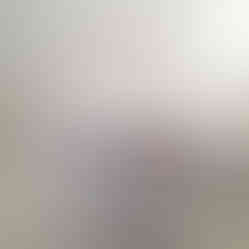- Astrid Turner

- Jan 17, 2021
- 1 min read
Completed paintings on plaster surfaces, cast from everyday objects.
Taking the forms from everyday objects keeps in line with Lefebvre's theory of the everyday. To take this further I intend to take forms my own art materials. Perhaps even sections of the space I work in to show how COVID-19 has impacted my work. I keep mentioning the restrictive parts of it which is true, however I believe these pieces are very successful and not too difficult to achieve within my home. So maybe that contradicts the point? Which gives me something to think about as I continue this process. Although, I believe sticking to these particular objects maintains the narrative of this project. Which was how the impact of the virus has impacted my practice.
I see potential in moving forward with this process. I have visualised in my head that it would maybe be presented along with the finger paintings. Which was the same method I used to to add colour here. Continuing to use these colours I believe keeps this series linked with the rest of the module.
As I move forward with this comparisons with other artists will start to emerge. As this is the beginning of a new process I think these will become more apparent. As for now, I struggled to narrow these down. I'm confident that as I continue with this method it will solidify the answer to my original question.
In going forward I will continue to create more of these plaster surfaces and find other surfaces to paint on. Perhaps everyday objects themselves.


























































